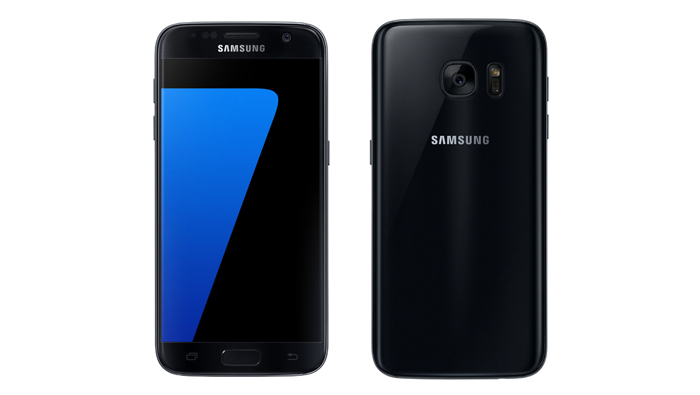
Back in time gone by, ‘New’ used to be really new: it possessed novelty. The new didn’t need to be cross examined to validate or actually discover its newness; it could do that on its own. Today, however things have changed quite much ever since the definition of new took a whole new dimension. From being a state, ‘New’ has morphed to being a trend.
The trend is hot in electronics, and even hotter in the smartphone market. Around this time every year mobile phone biggies have to come up with a new flagship model, even if there isn’t anything actually new to offer. Leading the bandwagon is Samsung, which religiously offers a new model every year for its smartphone crown jewel; the ‘Galaxy S’ series. Since its initiation in June 2010, the ‘S’ series has seen seven instalments (in six years), with the latest, the S7 launched just recently.
So how does the phone add up while many are still relishing the newness of the S6 (which actually was something new with a total design overhaul)? Does it really have something to fascinate further or just another hasty attempt to remain on top? The honest answer is: “Not much really”.
Compared to the S6, the S7 is almost identical. Just like the S6, the S7 also has two avatars; the Flat and Edge, wearing the same stylish glass and metal construction which did away with the Samsung’s plastic affair. There is difference in the size game though this time. While both S6 versions; flat and Edge shared the same 5.1-inch QHD Super AMOLED screen, only that one screen was flat and the other screen was curved— this year the curved Galaxy S7 Edge jumps up to 5.5-inches, while the flat Galaxy S7 stays at 5.1 inches. The bigger phone also comes with a bigger battery — 3600mAh versus the 3000mAh battery on the S7.
The edges of the new S7’s rear panel curving towards the frame make the phone less slippery and more ergonomic, fitting into the palm of hand much better than the S6. The rear camera sensor bump is also significantly reduced (almost four-fold), allowing the device to look more compact and smoothly constructed.
On the technical front, the Galaxy S7 packs a Snapdragon 820 processor, while the Galaxy S6 houses the Exynos 7420 processor, slightly lower but still very much comparable to the Snapdragon 810. With a current generation processor and an extra gigabyte of RAM – 4GB compared with 3GB — the S7 is certain to be faster than the S6. But the S6 is already a pretty speedy gadget and how practical would the further increment be is a thing to wait and watch. For most users it would probably be negligible.
However, it is the camera where the S7 improves significantly. That is not at all to say the S6 camera lacked in any manner. It is just that S7 has bettered the best. The S7 camera has lower specs: 12MP on the back, compared to the S6’s 16MP, and 5MP on the front.
While the new camera may produce a lower number of pixels, it makes up for this with dual-pixel technology; a feature that promises a substantial increase in image clarity despite the lower pixel numbers.
At F/1.7, the lower camera aperture (rule of thumb: lower the better), means even better low-light performance. Combined, the S7 focuses up to four times faster in low-light conditions and twice as fast in daylight.
Chastised for reducing the battery size on the Galaxy Note 5 and S6, Samsung has aptly responded to critics packing the S7 with a 3,000mAh battery, which is bigger than even that of the Galaxy S5. However, Samsung still hasn’t adopted USB Type-C; the S7 remains on MicroUSB.
With the Galaxy S6’s launch many users complained losing the MicroSD slot, removable battery, water resistance, and MicroUSB 3.0 port of the S5. Samsung has re-introduced some features from the Galaxy S5 with the S7, with MicroSD slot supporting an upto 200GB expansion and much improved and very practical IP68 certified water resistance; no clunky, unreliable external port covers to protect the innards. The protection is all on the inside now.
The heart-rate monitor and fingerprint scanner remain as before, but the one catchy feature you might dearly miss is the IR blaster. While both S5 and S6 had the TV remote capabilities, we wonder why the S7 is bereft of it.
So finally is the Galaxy S7 a go or no go? Of course for the Galaxy devout it’s definitely a go-go, and it is also among the best options for someone looking to buy their first top end smartphone.
And even if it doesn’t sound good enough to the real smart smartphone user, who cares? ‘Latest is the best’ is the buzzword in the smartphone arena, until some real technological breakthroughs like augmented reality, flexible screen, or 3D playback maybe.